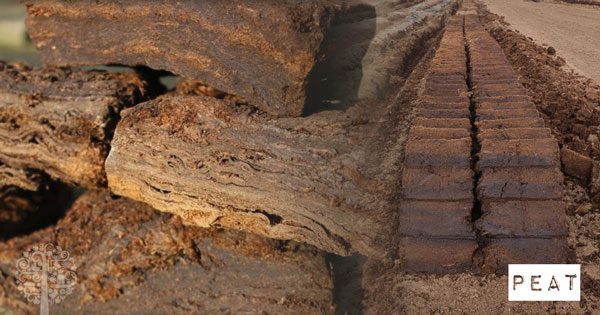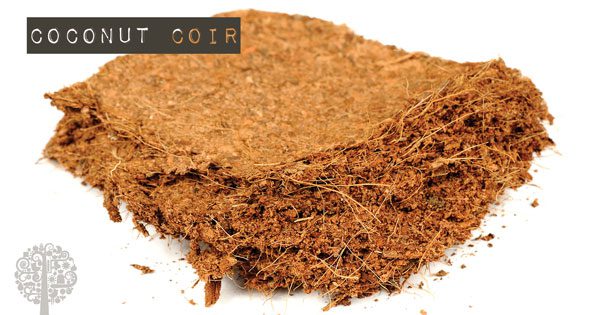For years peat and peat moss have been staples in the garden soil. From big row and square foot gardens to hanging pots, the use of peat has been a go-to for growers since the 1940s as a way to add nutrients to the soil and aid in water retention. But while those are good things for gardens, the bigger picture for the planet isn’t as rosy. This is the perfect time to start planning your eco-friendly, peat-free garden.
Peat and the Planet
While peat and peat moss share many of the same characteristics, the two aren’t the same.
Peat is brown material deposits derived from partially decayed vegetation. Peat moss, or sphagnum moss, is one of the most common peat components, although many other plants can contribute.
The problem with both is that the peatlands (wetlands where peat forms) are a particular ecosystem that takes hundreds of years (if not a thousand) to form. As we destroy them, the damage we are causing is irreversible.
The destruction can have adverse effects on the climate and many of the species that live and rely on these peat bog ecosystems. Some scientists have even called these ecosystems as essential and as fragile as the rain forests.

Peatlands are also a vast carbon sink – meaning they store hundreds of petagrams of the gas. This also means that harvesting, using, and especially burning peat (used as a fuel in some places) releases all those CO2 gases into the environment.
Peat Alternatives
The good news is that you don’t need to use peat at all, as there are there plenty of better alternatives out there.
People like using peat to improve the soil. However, there are plenty of other choices available. Options include wood-waste, compost, or even well-rotted manure.
While not all of us have access to manure, compost is generally very accessible – whether you buy it or save a little cash and make it yourself from kitchen waste, bark, leaves, etc.
If you have some spare sections of turf laying around, you can flip them grass-side down, cover them with tarpaulin, and in a year or so, you will have some good, fertile soil.
Another reason gardeners are drawn to peat is for its ability to retain water. But the most popular peat alternative is better for doing precisely that!

Coconut coir is nothing more than the waste-product that comes from coconut processing. It can be used to line hanging baskets, as mulch, and as a soil conditioner. Also, research has shown that coconut coir may retain even more water than peat moss. And while it might have been hard to find this product in the past, it is much more readily available these days.
And you know all those pine needles so many of us have all over the ground where we live? Well, those work great as a mulch. The needles don’t compress easily, but they naturally bind together, keeping them from blowing away in the wind. They also leave plenty of space for airflow and water penetration.
It isn’t always the case, but it’s nice when doing the right thing is easy. Not using peat is the right thing to do for the planet, and with all the quality alternatives out there, you won’t be sacrificing anything when it comes to your garden and growing.
Plan and design your eco-friendly garden now!